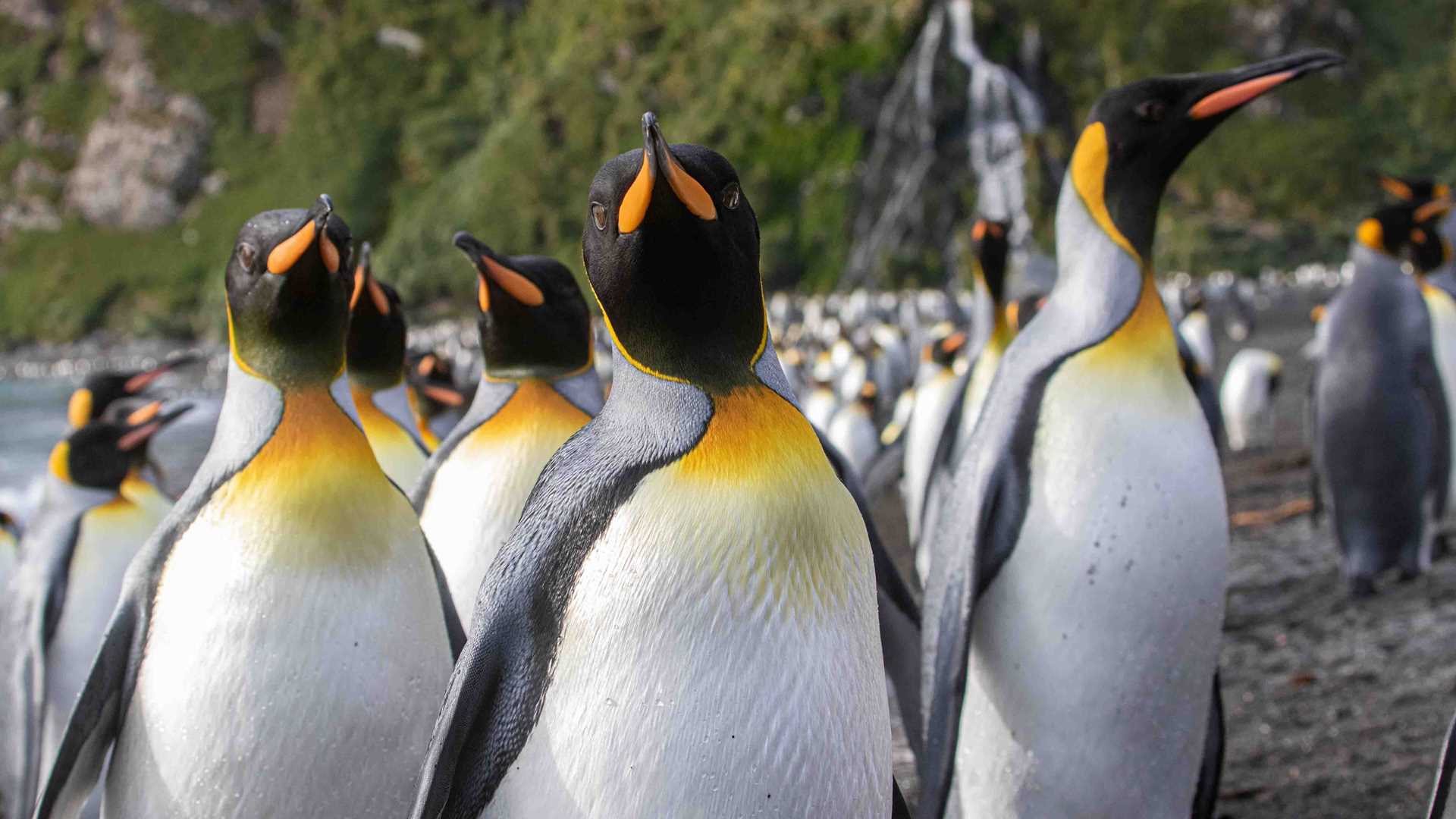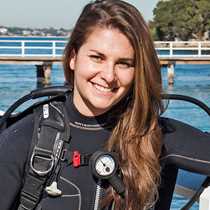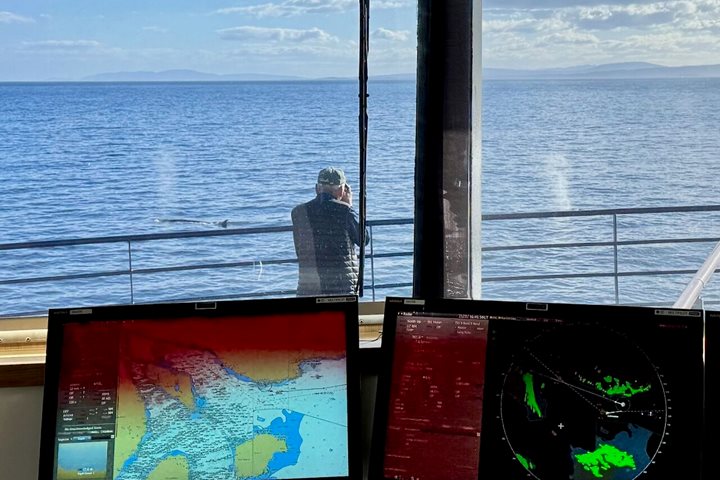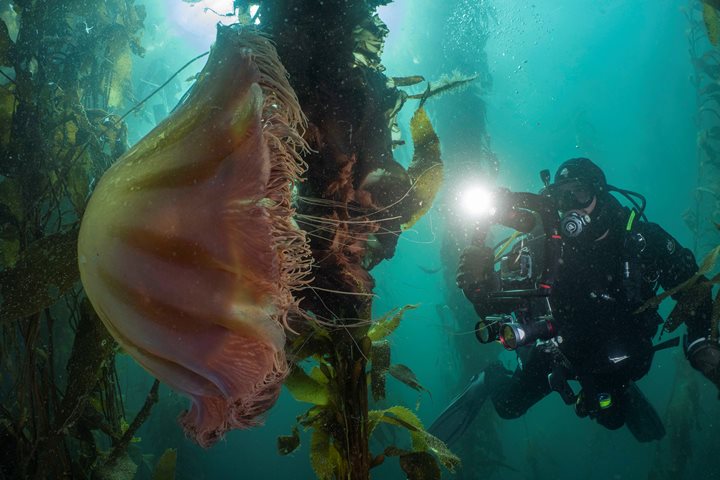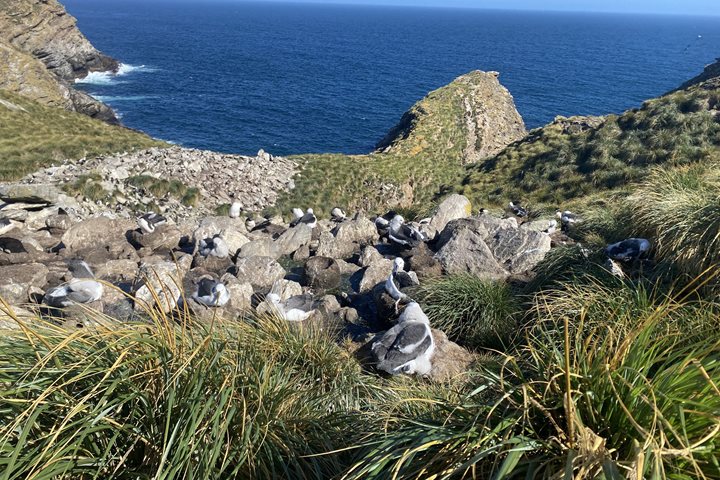There are a few days in our lives that may stand out as truly memorable, and one’s first time landing ashore at South Georgia might certainly be one of them. It may sound dramatic, but it really is hard to forget the first time you lay eyes on a colony of 73,000 pairs (or even 21,000) of king penguins – and these aren’t even the largest colonies! Spending the day at Right Whale Bay and Salisbury Plain, we were spoiled with phenomenal wildlife that competed with the even more spectacular scenery. An exciting diversity of weather conditions kept us on our toes throughout the day and reminded us of where we were in the world, and it certainly helped us appreciate the animals that call this island home. In between our landings, we were treated to excellent views of several albatross species as we cruised along the South Georgia coastline. Today was a day that left us feeling like we’d smashed it out of the park already, but we are up for the challenge to see how it can get even better in the upcoming days.
- Daily Expedition Reports
- 05 Mar 2023
Right Whale Bay and Salisbury Plain, South Georgia, 3/5/2023, National Geographic Endurance
- Aboard the National Geographic Endurance
- Antarctica
Maya Santangelo, Undersea Specialist
Maya was born and raised in Southern California, where her curiosity for the natural world was encouraged from an early age. Relocating to Sydney, Australia with her family at 11 years old, she learned to scuba dive, eventually becoming a PADI Instru...
Read MoreJamie Coleman, Naturalist/Certified Photo Instructor
Jamie is from England. He grew up in Oxford, about as far from the sea as you can get in the UK, yet somehow decided he would work in marine biology and conservation. Ever since he reached his teens, he has dedicated time to this passion, working and...
Read MoreShare Report
South Georgia and the Falklands
VIEW ITINERARYRelated Reports
3/14/2025
Read
National Geographic Resolution
New Island, Falkland Islands
Our final day of operations for the expedition (and the season) took place at New Island, one of the most beautiful islands in the Falkland Islands. Guests were amazed by the sheer cliffs of the outer coast, home to thousands of rockhopper penguins and even more black-browed albatross. While guests were ashore, the undersea team explored the underwater world of the Falkland Islands. We cruised through the amber forest of giant kelp and photographed the large sun stars but also some of the smaller denizens like tessellated patagonotothen fishes and beautiful purple-lined isopods. The highlight of the dive was one of the largest jellies either of us had seen. A gargantuan lion’s mane jelly was wrapped up in the kelp and its bell was almost 4 feet across. Truly a sight to behold and a favorite when shown to the guests at recap.
3/13/2025
Read
National Geographic Resolution
West Point Island
Our destination this afternoon remains my very favorite place in the Falklands. A warm welcome is always given by the caretakers of this lovely place, Theis and Kiki – Swedish and German respectively. They were at the end of their nine years here and we were among the last ships to visit this season. Of course, we visit the island because of the wildlife, and, after a nice forty-minute walk, we arrived at the Devil’s Nose albatross colony. Here, we found thousands of black-browed albatrosses living cheek by jowl with hundreds, if not thousands of rockhopper penguins. It is not always a happy marriage, but generally they get on, the albatross helping protect the penguin eggs and chicks from predation by the local Johnny rooks aka striated caracaras. A good walk deserves a fine afternoon tea, and we were treated to just that back at the farmhouse. In the garden, a yellow rose flowered beautifully overlooking the place where Lars Eric Lindblad’s ashes were scattered.

